Top PR and Social Media Campaigns of 2014
As 2014 comes to an end, our team reflected on some of the best PR, marketing and social campaigns the year had to offer. Whether it was as extreme as Ebola or as casual as ‘Alex from Target’, here are the top five that made the cut (in no specific order):
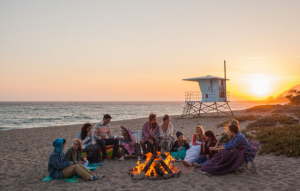
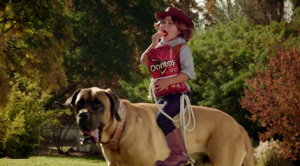


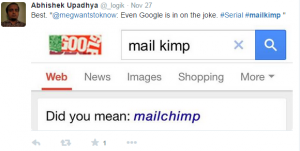 This humble little ad is the runaway marketing success of the year, with more viral success than many Super Bowl ads that cost millions of dollars to air on TV. From Oct. 3 (the day the show premiered) to Nov. 21, 1,300 tweets mentioned the hashtag #MailKimp. More than 2,400 tweets mentioned Serial and MailChimp together, equivalent to about 12 percent of the 20,200 tweets related to the email vendor during the same timeframe. The ad even spawned a MailKimp Twitter handle and people are gushing about it on Reddit. How’s that for brand awareness?
This humble little ad is the runaway marketing success of the year, with more viral success than many Super Bowl ads that cost millions of dollars to air on TV. From Oct. 3 (the day the show premiered) to Nov. 21, 1,300 tweets mentioned the hashtag #MailKimp. More than 2,400 tweets mentioned Serial and MailChimp together, equivalent to about 12 percent of the 20,200 tweets related to the email vendor during the same timeframe. The ad even spawned a MailKimp Twitter handle and people are gushing about it on Reddit. How’s that for brand awareness?
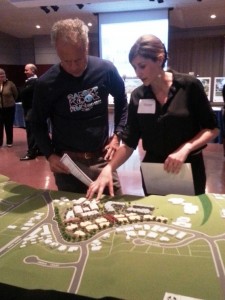
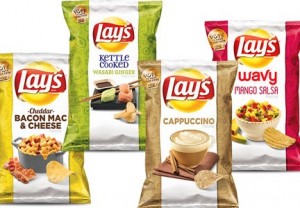
- Phillip Singh, Intern: AT&T #SummerBreak campaign

- Danielle Cobb, Communications Coordinator: Doritos #crashthesuperbowl campaign

- Molly Borchers, Senior Communications Strategist: How a humble little ad became the world’s biggest marketing win


 This humble little ad is the runaway marketing success of the year, with more viral success than many Super Bowl ads that cost millions of dollars to air on TV. From Oct. 3 (the day the show premiered) to Nov. 21, 1,300 tweets mentioned the hashtag #MailKimp. More than 2,400 tweets mentioned Serial and MailChimp together, equivalent to about 12 percent of the 20,200 tweets related to the email vendor during the same timeframe. The ad even spawned a MailKimp Twitter handle and people are gushing about it on Reddit. How’s that for brand awareness?
This humble little ad is the runaway marketing success of the year, with more viral success than many Super Bowl ads that cost millions of dollars to air on TV. From Oct. 3 (the day the show premiered) to Nov. 21, 1,300 tweets mentioned the hashtag #MailKimp. More than 2,400 tweets mentioned Serial and MailChimp together, equivalent to about 12 percent of the 20,200 tweets related to the email vendor during the same timeframe. The ad even spawned a MailKimp Twitter handle and people are gushing about it on Reddit. How’s that for brand awareness?
- Julie Wright, President: Community Outreach for a High-Density Residential Development

- Erica Schlesinger, Communications Strategist: Lay’s “Do Us A Flavor” campaign

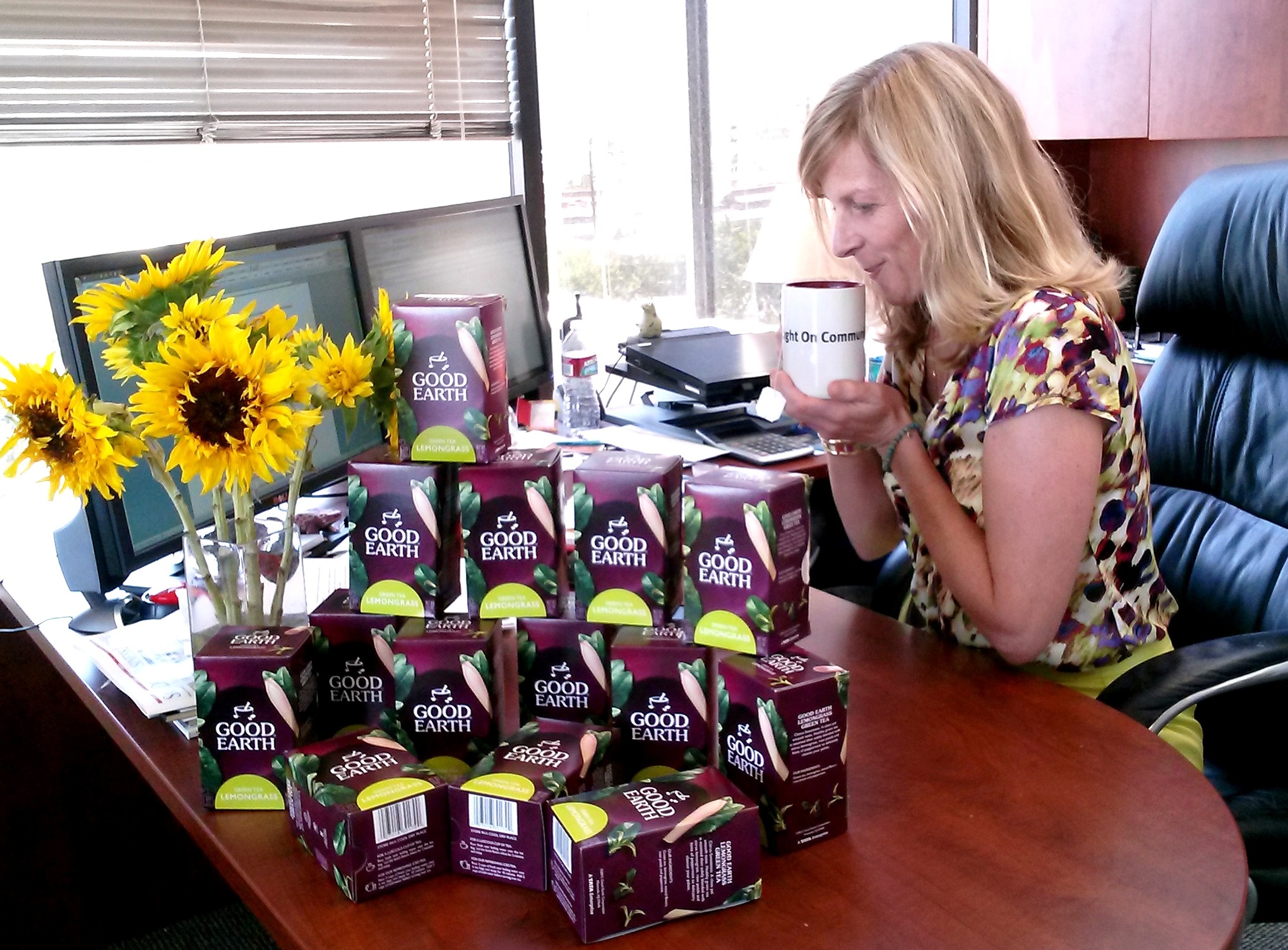
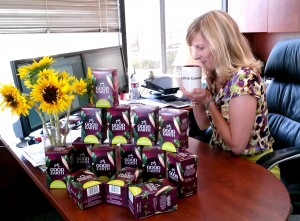




 Grant Wright
Grant Wright





 Corie Fiebiger
Corie Fiebiger
 Shae Geary
Shae Geary Roman Lukjanenko
Roman Lukjanenko Phelan Riessen
Phelan Riessen Katrina Early
Katrina Early Hamish Marshall
Hamish Marshall